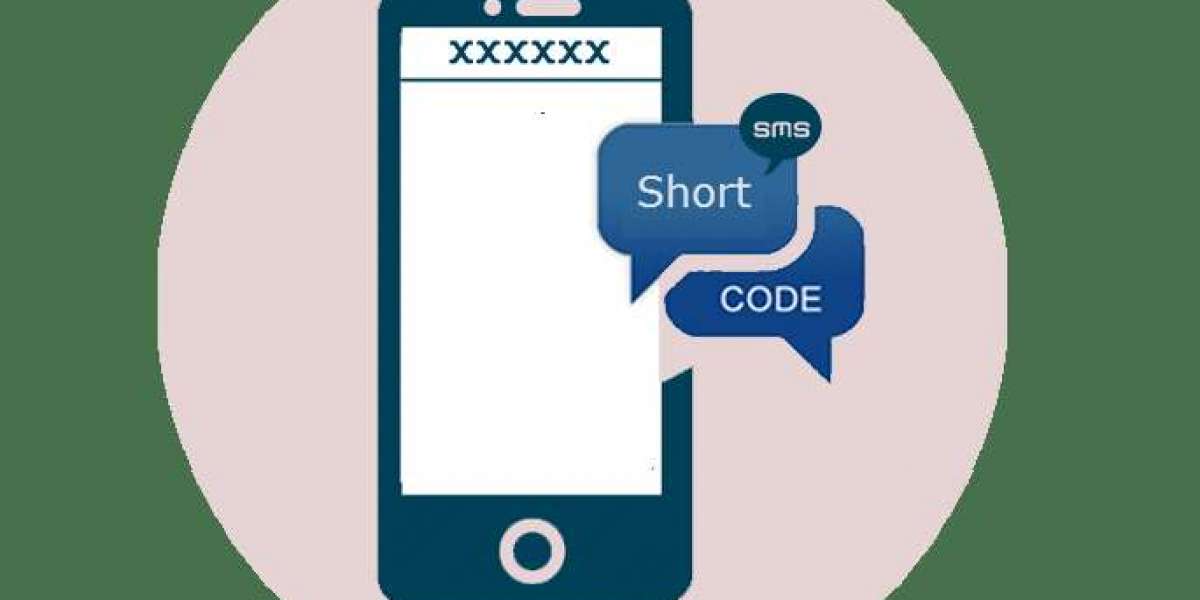Understanding Short Code SMS Campaigns
Before delving into measurement strategies, it's crucial to grasp the essence of short code SMS campaigns. These campaigns utilize abbreviated phone numbers (typically 5-6 digits) to send concise, targeted messages to a large audience. Unlike traditional SMS, short codes are often used for high-volume messaging and are easier to remember, making them ideal for educational institutions looking to streamline communication.
Key Metrics for Effectiveness Measurement
To gauge the success of short code SMS campaigns, institutions should focus on several key metrics:
Delivery Rate: Measure the percentage of messages successfully delivered to recipients. A high delivery rate indicates that messages are reaching their intended audience without disruption.
Open Rate: Determine how many recipients actually open the SMS messages. This metric provides insight into the initial engagement level with the content.
Click-through Rate (CTR): For campaigns involving links or calls to action, CTR measures the percentage of recipients who interact with the embedded links. It indicates the effectiveness of the message in driving further engagement.
Conversion Rate: Track how many recipients take the desired action after receiving the SMS, such as registering for an event or completing a form. This metric directly ties SMS engagement to measurable outcomes.
Opt-out Rate: Monitor the percentage of recipients who opt out of receiving future SMS messages. A high opt-out rate may signify issues with message relevance or frequency.
Implementing Measurement Strategies
1. Establish Clear Objectives
Before launching a short code SMS campaign, define specific goals and objectives. Are you aiming to increase event attendance, improve parent engagement, or enhance emergency communication? Clear objectives will guide the campaign's structure and measurement criteria.
2. Segment Your Audience
Not all recipients have the same needs or interests. Segment your audience based on factors such as grade level, parental status, or faculty role. Tailoring messages to specific segments increases relevance and improves engagement metrics.
3. A/B Testing
Experiment with variations of your SMS content to determine which messages resonate best with your audience. Test different call-to-action phrases, message lengths, and sending times to optimize performance over time.
4. Use Analytics Tools
Invest in analytics platforms that provide detailed insights into campaign performance. Tools like Google Analytics or SMS-specific analytics dashboards can track metrics in real-time and generate comprehensive reports.
Conclusion
In conclusion, measuring the effectiveness of short code SMS campaigns in educational institutions requires a blend of strategic planning, robust measurement techniques, and continuous refinement. By focusing on key metrics like delivery rate, open rate, and conversion rate, institutions can gain valuable insights into their communication efforts and make data-driven decisions to optimize engagement. As technology evolves, so too should our approaches to communication in education, ensuring that every SMS sent serves its purpose effectively.
By implementing these strategies and embracing a culture of continuous improvement, educational institutions can harness the full potential of short code SMS campaigns to foster stronger connections with their communities and enhance overall communication efficacy.
About Us:
"SpaceEdge Technology" appears to be a term that might refer to a company, concept, or technology related to space exploration or utilization. However, without further context, it's challenging to provide specific information.








